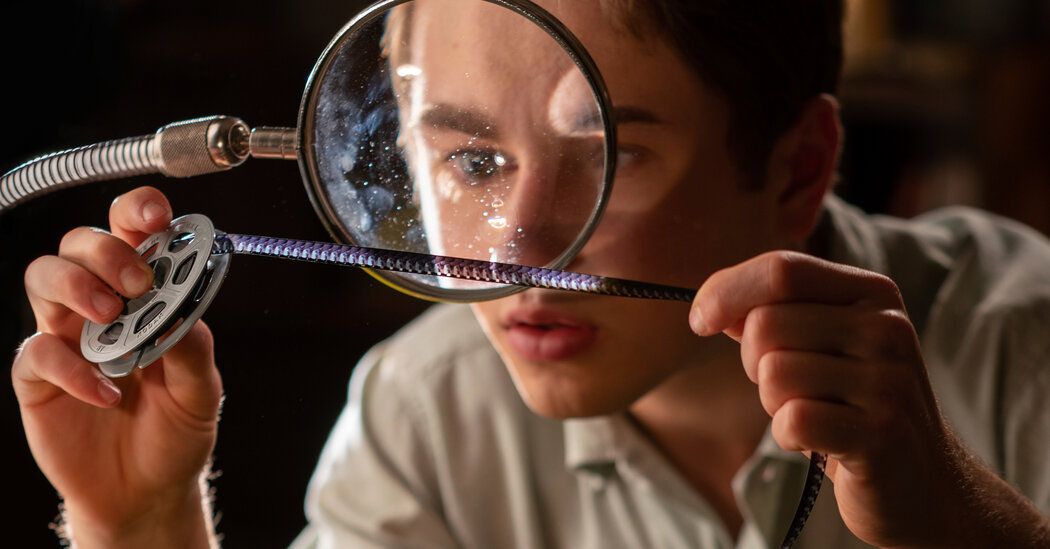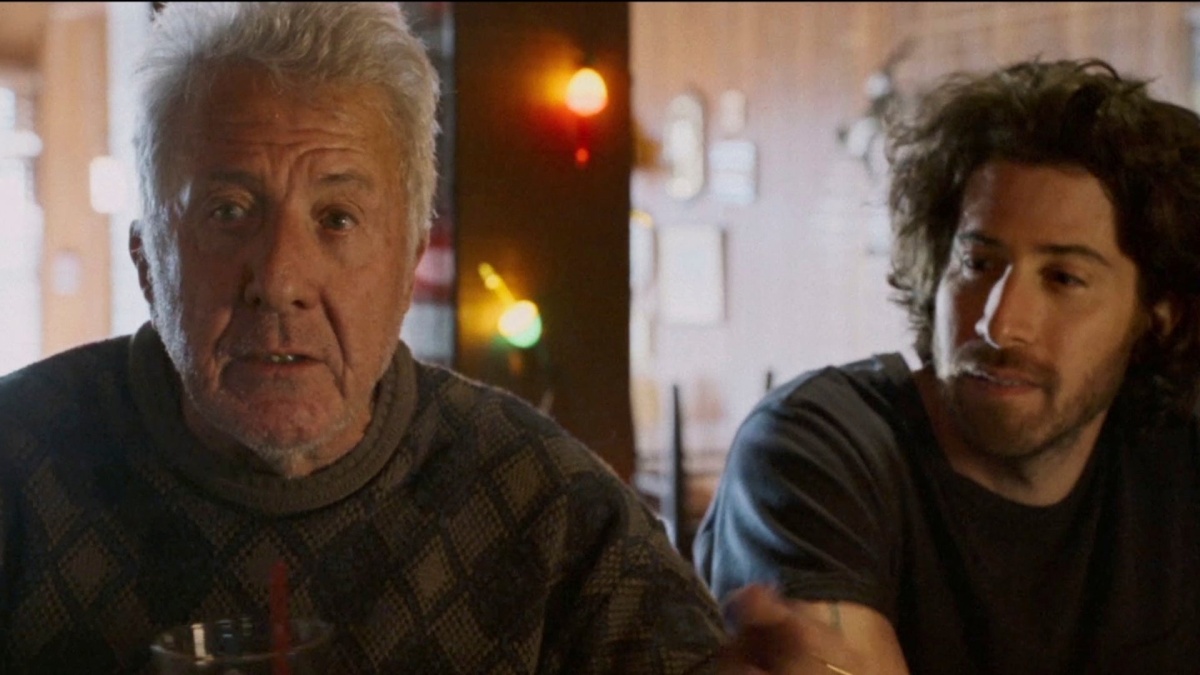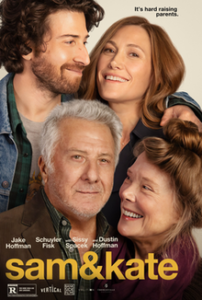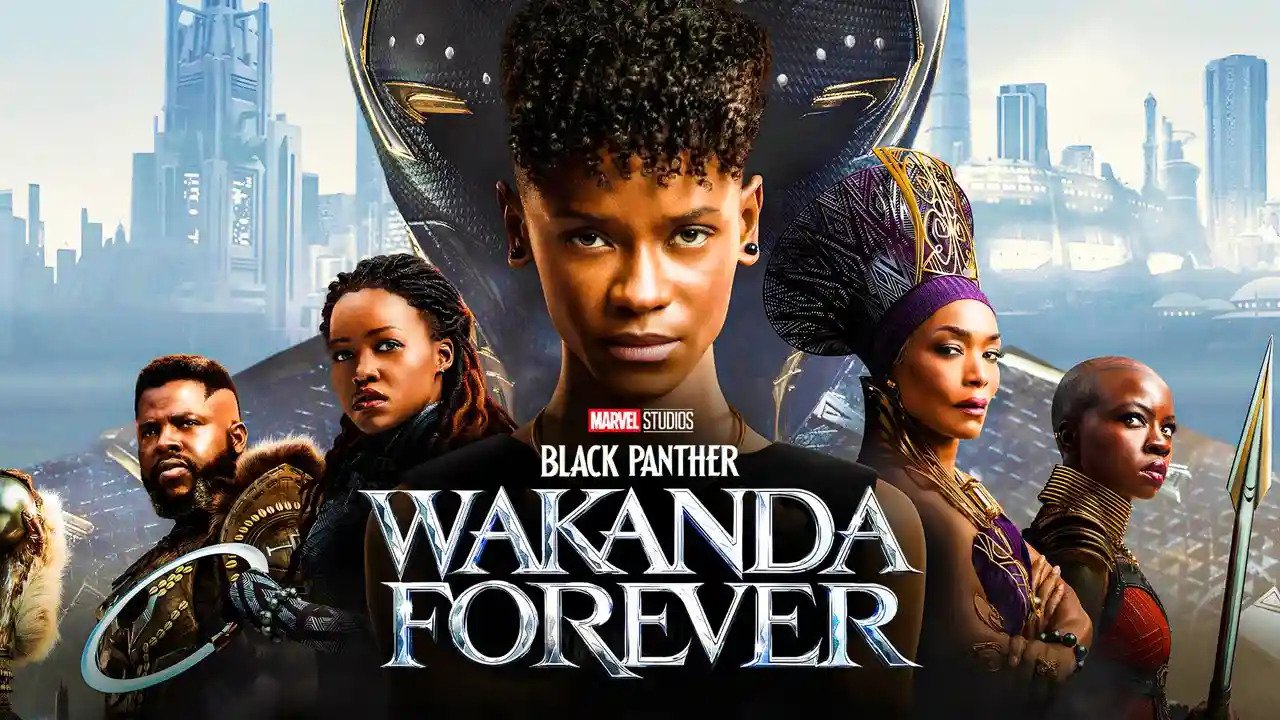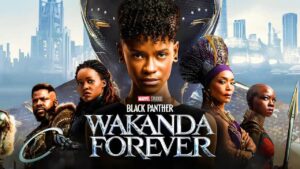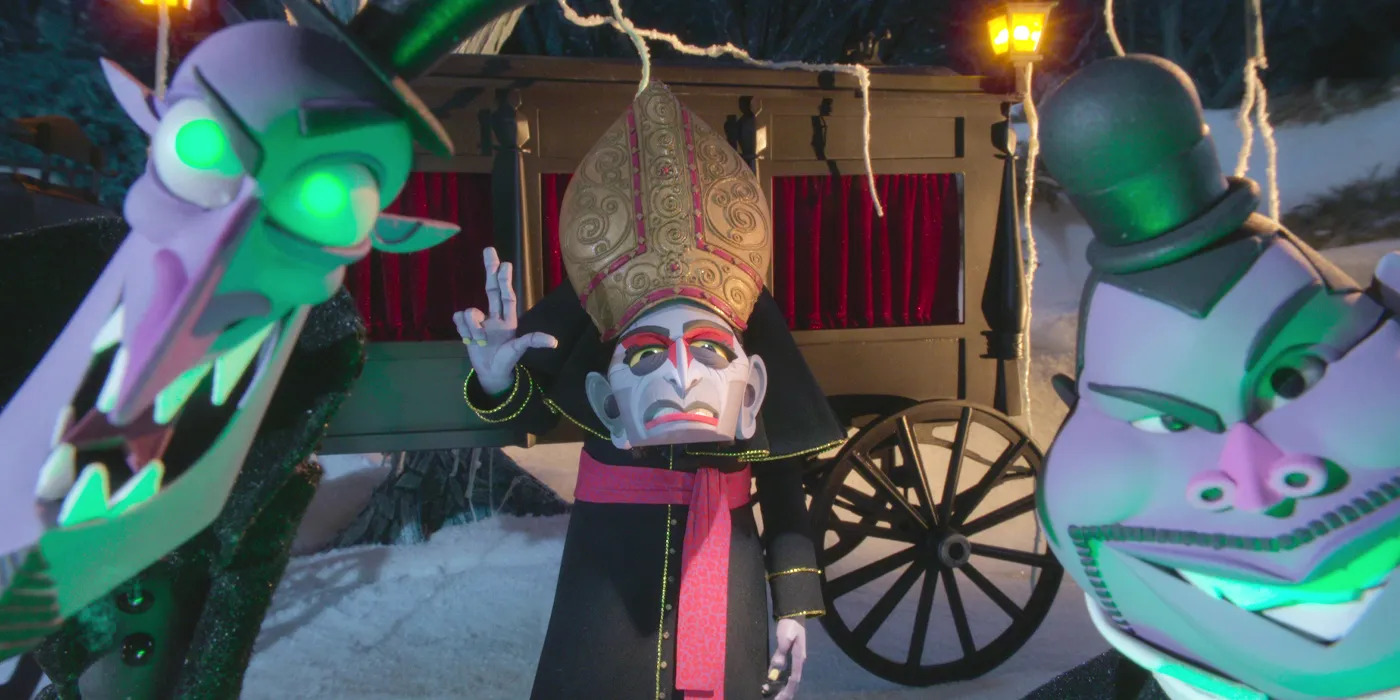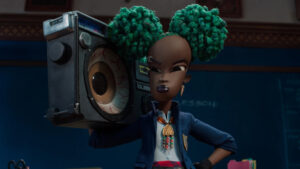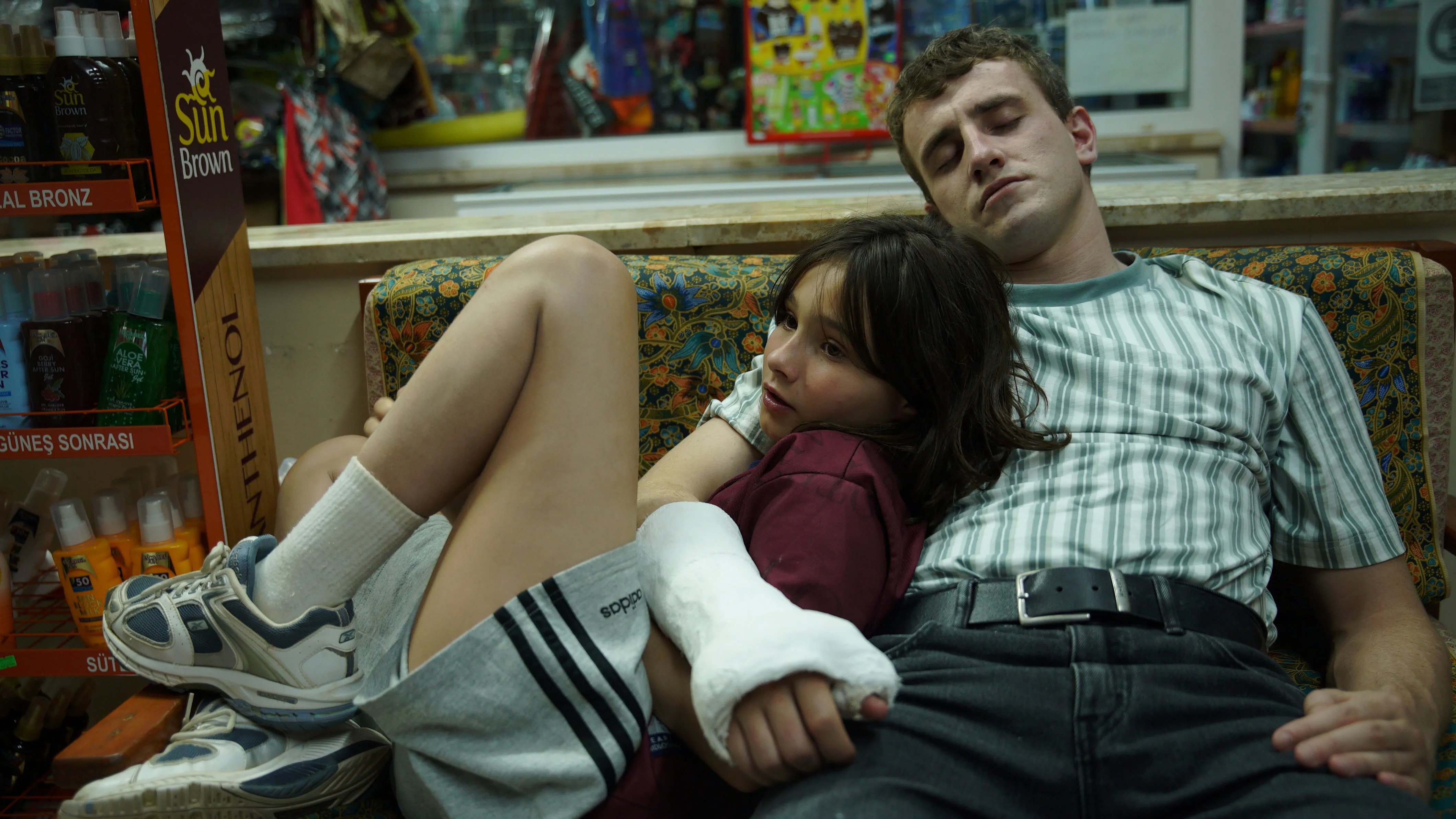The Fabelmans
Posted on November 20, 2022 at 3:16 pm
A-| Lowest Recommended Age: | High School |
| MPAA Rating: | Rated PG-13 for thematic elements, brief violence, some strong language, and drug use |
| Alcohol/ Drugs: | alcohol, marijuana |
| Violence/ Scariness: | Bullies |
| Diversity Issues: | A theme of the movie |
| Date Released to Theaters: | November 23, 2022 |
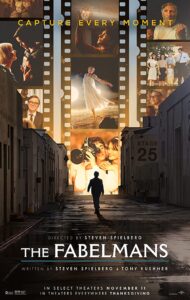
That boy will be dazzled by the movie, which would go on to win the Oscar for best picture in 1952, “The Greatest Show on Earth,” an exciting story of a circus. The train crash sequence was so big and so real that he could not get it out of his mind for days and days. He asks his parents for a train set for Hanukkah, and as he opened up a new train car each night he imagined re-creating — understanding — controlling — that crash. His father (Paul Dano as Burt) chides him for breaking the train. His mother (Michelle Williams as Mitzi) suggests that he take the family’s home movie camera and film one last crash, so he can watch it as many times as he likes.
As the title suggests, “The Fabelmans” has a touch of myth, of movie magic, as Mrs. Fabelman would say, a dream. But it is also as Mr. Fabelman would approve, grounded in facts and mechanical reality. Steven Spielberg co-wrote the film with Tony Kushner, based on his own life as a child and a teenager. It brims with love for his family, with the kind of understanding that it takes decades to achieve, if ever. And it is told with the true mastery of a brilliant filmmaker equally grounded in the mechanics of movies and the creation of big, engrossing dreams for us to watch together in the dark.
No one understands cinematic storytelling better than Spielberg, and seeing him tell his own story using the very techniques this film gives us a chance to see as they develop makes this one of the best films of the year and one of the best films ever from a master storyteller. Cinematography by Janusz Kaminski and music by Spielberg’s longtime favorite John Williams gorgeously evoke the past without making it seem musty or distant. Watching it feels like a gift.
As the movie begins, money is tight and Burt has to supplement his salary by fixing televisions. But his gift in designing the fundamentals that would lead to personal computers leads to a new job offer in Phoenix. The Fabelmans move, and Burt brings along his best friend Bennie (Seth Rogen), so beloved by everyone that he feels like family. Burt is a loving husband and father but very serious and methodical. Bennie is fun, always making everyone laugh.
Sammy keeps making movies, casting his younger sisters and later his Boy Scout troop in remarkably ambitious and creative films (you can see the real ones, meticulously re-created here, on YouTube). As a teenager, now sensitively played by Gabriel LaBelle, his movies get more complex. In one lovely moment, a hole punched in sheet music by a high heeled shoe inspires a brilliant and very analog special effect only the son of both an artist and an engineer could concoct.
Form and content follow each other and intertwine, especially with a sensational final shot, as Sammy/Steve begins to understand the potential and the power of story-telling. When his mother is sad, his father asks him to make a movie to cheer her up. When he is editing one of his family films, he sees on celluloid what he missed when he was standing there. When he cannot tell his mother why he is upset, shows her a film to explain. In an agonizing moment, he cradles the camera like a teddy bear. Through chance, he is able to use a professional camera and through a combination of determination and chance he meets and gets some surprising advice from one of the all-time movie greats.
He is confronted with the challenges of family conflict and adolescence. He is bullied for being Jewish. He wants to kiss a girl. He feels betrayed by two people he loves. An uncle in show business (a terrific brief role for Judd Hirsch) tells him that he will always be torn between love and art — and that he will choose art.
Williams and Dano are superb as the Fabelmans. As Mitzi watches the movie Sammy made for her and as she tries to explain a difficult decision to Sammy we see clearly the range of emotions she is feeling, including the perpetual struggle of all parents between her needs and the wishes of her children. Spielberg and Kushner bring compassion to these characters that they themselves struggle to find.
They also convey the exceptional ability to observe and analyze that is the great gift of any artist, to be cherished and nourished by imagination, but that must be reined in to allow for personal connection. Only the rarest of talents can bring both to their work and that is what makes this film a joy.
NOTE: My daughter worked on some of the costumes of this film which are, of course, outstanding under the direction of Oscar-winner Mark Bridges.
Parents should know that this film includes family tensions, adultery, and divorce, some strong language, alcohol and marijuana.
Family discussion: Why could Sammy see things more clearly through the camera than he could without it? Why was Logan upset by the Ditch Day movie? How did each of his parents influence Sammy?
If you like this, try: “Belfast” and Spielberg movies like “E.T. the Extraterrestrial” and “Close Encounters of the Third Kind”

